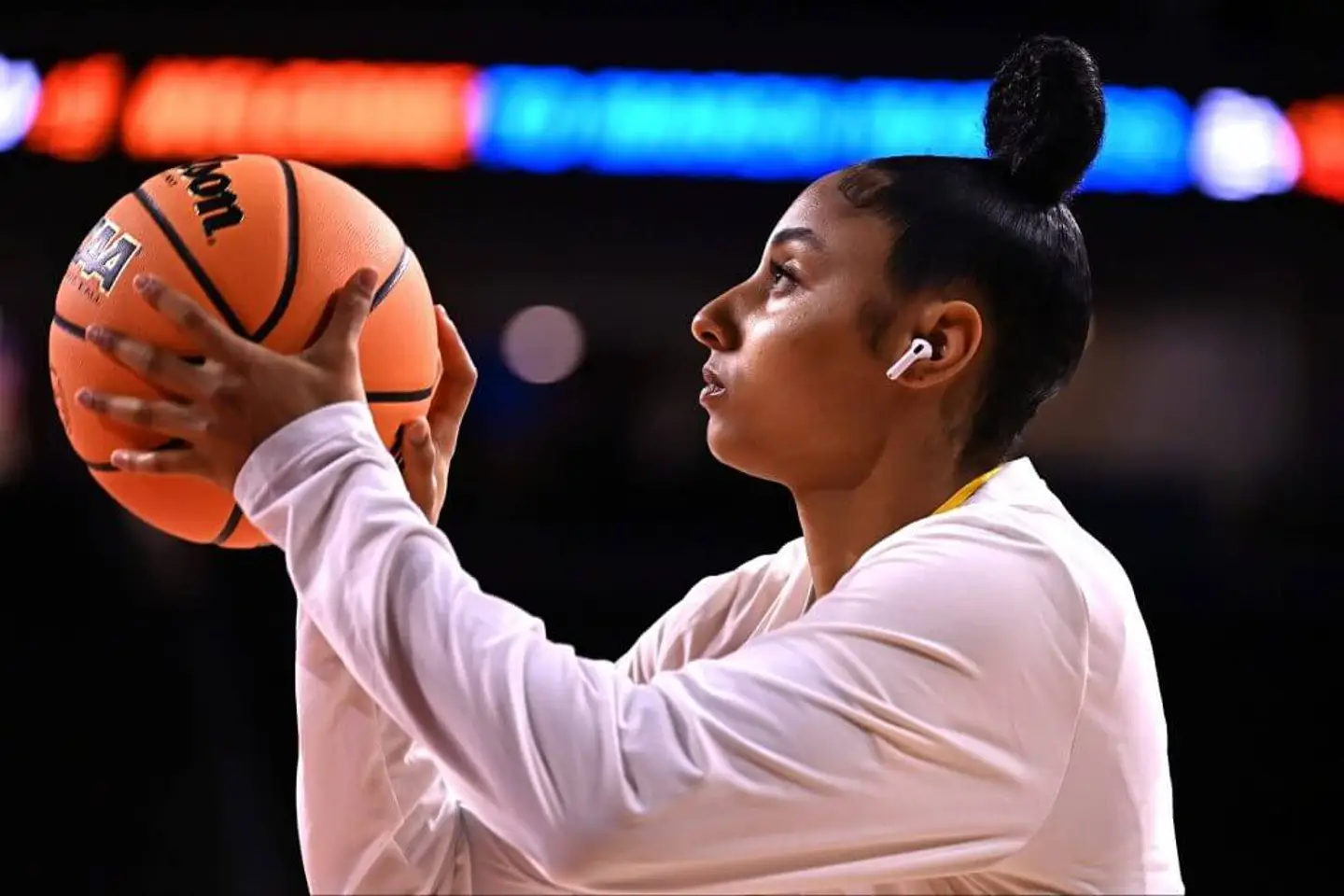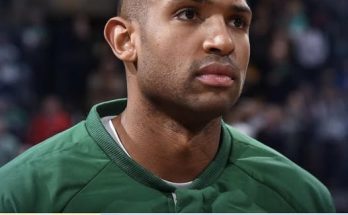Notre Dame’s football season in 2024 has been a rollercoaster of emotions, full of highs and lows that have left fans questioning the program’s direction. After a series of disappointing losses and inconsistent performances, the Fighting Irish found themselves at a crossroads. But in a season marred by uncertainty, one key element returned to the forefront for head coach Marcus Freeman’s squad: the ‘Perfect Defense.’ This defensive identity, once the hallmark of Notre Dame football, has been a critical factor in their resurgence, and many believe it has played a crucial role in saving the season.
The concept of ‘Perfect Defense’ is not just a slogan or catchy phrase but a philosophy that embodies the aggressive, hard-nosed, and opportunistic style of football that Notre Dame’s defense is known for. It’s a return to fundamentals—an emphasis on stopping the run, pressuring the quarterback, and creating turnovers—along with the mentality that no opposing offense can out-execute the Irish defense.
In the wake of setbacks, particularly the early-season losses that left their playoff hopes hanging by a thread, the re-emergence of this defensive philosophy has been a game-changer. Under Freeman, Notre Dame had been striving for a balance between a high-powered offense and a defense that could consistently stand strong, but it was clear that the formula for success was always going to rest on the defense. Let’s explore how Notre Dame’s return to ‘Perfect Defense’ has not only revitalized their campaign but also provided a blueprint for sustained success as the season marches on.
A Disjointed Start: Defensive Struggles Early in the Season
To understand the significance of the ‘Perfect Defense’ revival, it’s important to first look at the early struggles of the Irish defense. In the first few games of the 2024 season, Notre Dame’s defense failed to live up to the championship-level expectations that fans and analysts had set for them. While the offense had shown promise with quarterback Sam Hartman at the helm, the defense, especially the secondary, was porous at times, and the team struggled to stop high-powered offenses from executing their game plans.
The opening loss to Ohio State, a team that boasted one of the most dynamic offenses in college football, was a wake-up call. Although the Irish defense showed flashes of brilliance, it ultimately wasn’t able to withstand the pressure from quarterback Kyle McCord and wide receiver Marvin Harrison Jr., who made plays all over the field. The defense allowed critical big plays at crucial moments, and that inability to get off the field on third downs and make stops when it mattered most cost them dearly. The game was a microcosm of what was becoming a troubling trend: Notre Dame’s defense was not making the plays it needed to when the pressure mounted.
But the team’s defensive issues weren’t confined to just that game. The Irish also struggled in later contests, with inconsistent performances against teams they should have dominated. It became clear that the defensive unit was lacking its former identity, and head coach Marcus Freeman knew that if the team was to turn the season around, a shift in defensive philosophy was needed.
A Philosophical Shift: Re-embracing ‘Perfect Defense’
The turning point came after the tough loss to Ohio State. Freeman, known for his defensive prowess as a former coordinator, recognized that his team’s defense needed to return to its roots. Under former head coach Brian Kelly, Notre Dame had been known for its stout defense, priding itself on fundamentals, physicality, and a relentless pursuit of the ball. The Irish defense, at its peak, was suffocating, refusing to allow big plays and consistently making opposing offenses uncomfortable. This was the ‘Perfect Defense.’
In Freeman’s first year as head coach, he had embraced that identity, but by mid-2024, the defense had drifted away from it. To restore the defense’s edge, Freeman returned to the principles that had served Notre Dame so well in the past. The renewed focus was on aggression and discipline, a combination that would allow the Irish to stop the run, force turnovers, and make life difficult for opposing quarterbacks.
The defensive coaching staff, led by defensive coordinator Al Golden, adjusted the scheme to better fit the players’ strengths. They implemented a more aggressive approach to pressure the quarterback and restructured the coverage schemes in the secondary to create more opportunities for turnovers. The message was clear: Notre Dame needed to play fast, play physical, and impose their will on opponents.
Reigniting the ‘Perfect Defense’ Philosophy
The shift in defensive philosophy began to bear fruit almost immediately. The Irish defense began to resemble the ‘Perfect Defense’ that had been synonymous with Notre Dame football. In games following the Ohio State loss, the defense displayed a newfound urgency and swagger, shutting down offenses and forcing key turnovers in critical situations.
One of the key elements of the ‘Perfect Defense’ is the ability to stop the run. Notre Dame’s defensive line, once suspect in the first few weeks of the season, began to dominate at the point of attack. Led by standout defensive linemen such as Riley Mills and Howard Cross III, the Irish were able to control the line of scrimmage and clog running lanes. This put additional pressure on opposing quarterbacks, forcing them to pass more often and reducing the effectiveness of the opposition’s offensive game plan.
What followed was a resurgence in pass rush. Notre Dame’s defensive front, bolstered by the return of key players from injury, started to get to the quarterback with increased frequency. The pass rush, which had been inconsistent earlier in the season, became a game-changing force. Linebackers such as JD Bertrand and Marist Liufau began to make their presence felt, pressuring quarterbacks and creating havoc in the backfield. The improved pass rush allowed the secondary to tighten its coverage, leading to a dramatic increase in forced turnovers and pass breakups.
The Irish defense also showed improved fundamentals, a hallmark of the ‘Perfect Defense.’ Tackling, once an issue early in the season, became more disciplined, with players wrapping up instead of relying on arm tackles. This helped limit yards after contact and prevented big gains that could swing momentum in favor of the opposition. The defense, as a result, began to create more three-and-outs and force key turnovers that shifted the momentum in Notre Dame’s favor.
The Key Role of Turnovers and Big Plays
One of the defining characteristics of Notre Dame’s ‘Perfect Defense’ has always been its ability to create turnovers. Whether it’s an interception, forced fumble, or a key stop on fourth down, the Irish defense knows how to take the ball away from opposing offenses and use those opportunities to flip the field. This philosophy has been integral to their success, and it reemerged with a vengeance in the second half of the season.
Notre Dame’s defensive backfield, led by cornerbacks Benjamin Morrison and Cam Hart, became opportunistic. Morrison, in particular, made his presence known with several interceptions in key games, showcasing his ability to read the quarterback’s eyes and jump routes. The added pressure from the defensive line gave Morrison and the secondary the time they needed to make plays on the ball. These turnovers often set up the offense with short field positions, leading to easy points and helping the Irish build momentum.
The team’s ability to create turnovers also allowed them to remain in games despite offensive struggles. In games where the offense wasn’t firing on all cylinders, the defense stepped up to keep Notre Dame in the game. The combination of forced turnovers, key stops, and the defense’s ability to make big plays allowed Notre Dame to maintain control in tight contests, turning what could have been disastrous losses into crucial victories.
Defensive Depth: More Than Just the Star Players
While standout players like Morrison, Mills, and Bertrand were critical to the defense’s success, it was the overall depth of the unit that allowed Notre Dame to sustain its resurgence. The Irish defense began to rotate players in and out seamlessly, keeping the pressure on opposing offenses without losing intensity.
This depth allowed Notre Dame to continue applying pressure late into games, wearing down opposing offensive lines and forcing quarterbacks into uncomfortable situations. The defensive line’s ability to rotate and maintain fresh legs was a key factor in their success, as it allowed them to continue creating disruption throughout the game.
The linebacker corps, with the likes of Bertrand and Liufau, played a pivotal role in both run defense and pass coverage. Their ability to cover the middle of the field while also contributing as blitzers put additional pressure on opposing quarterbacks, and their sideline-to-sideline range helped limit big plays. The secondary, led by Morrison, Hart, and safeties Xavier Watts and DJ Brown, provided stability and playmaking ability in the back half of the defense, ensuring that Notre Dame was never caught off guard by explosive plays downfield.
Turning the Season Around
As the season progressed, Notre Dame’s defensive resurgence became the backbone of the team’s success. The Irish began to string together crucial wins, relying on their defense to keep them in games and capitalize on turnovers. As a result, Notre Dame found themselves back in contention for a potential spot in a major bowl game, with the defense playing a central role in their late-season surge.
The return to ‘Perfect Defense’ allowed Notre Dame to regain control of its destiny. While the offense, led by Hartman, was still an important component, it was the defense that truly carried the team when it mattered most. Their ability to stymie opposing offenses and make game-changing plays kept Notre Dame in the hunt for a successful finish to the season.
As they move toward the final stretch of the 2024 campaign, Notre Dame’s defense has proven to be its saving grace. What started as a season full of uncertainty and struggles has been transformed into one of hope and opportunity. The return of the ‘Perfect Defense’ has revitalized the Fighting Irish’s aspirations, and with the defense firing on all cylinders, they now have the foundation needed to make a deep postseason run.
A Season Saved by Defense
The resurgence of Notre Dame’s defense has undoubtedly been the key to saving the 2024 season. What was once a group that struggled to find its identity has emerged as one of the most formidable units in college football. By re-embracing the principles of ‘Perfect Defense,’ Notre Dame has solidified its place as a top-tier team in the nation, and their defense is now the centerpiece of their championship aspirations.
As the season continues to unfold, one thing is clear: Notre Dame’s return to dominant defensive football has been the catalyst for their turnaround. In a season filled with uncertainty, it was the defense that stood tall and reminded everyone why Notre Dame has always been synonymous with toughness, discipline, and excellence. If they continue to execute at this level, the Fighting Irish will have every opportunity to make a run at a major bowl game and potentially a playoff spot—thanks to the ‘Perfect Defense.’



